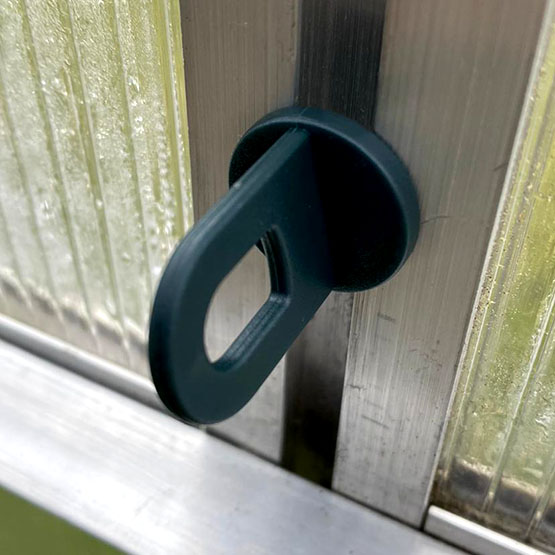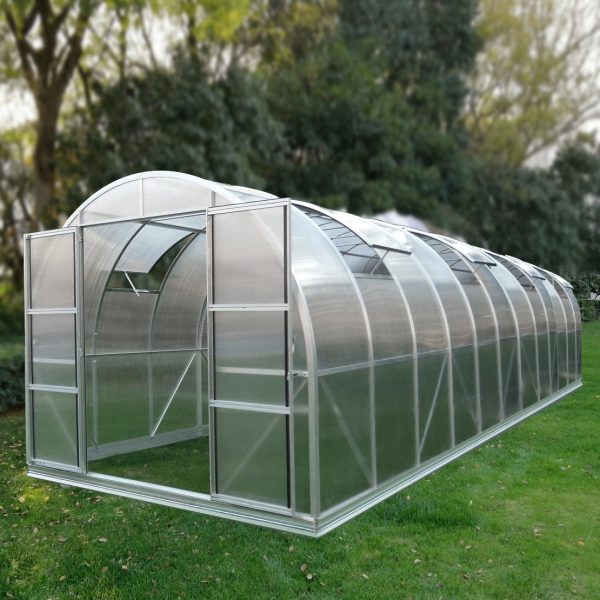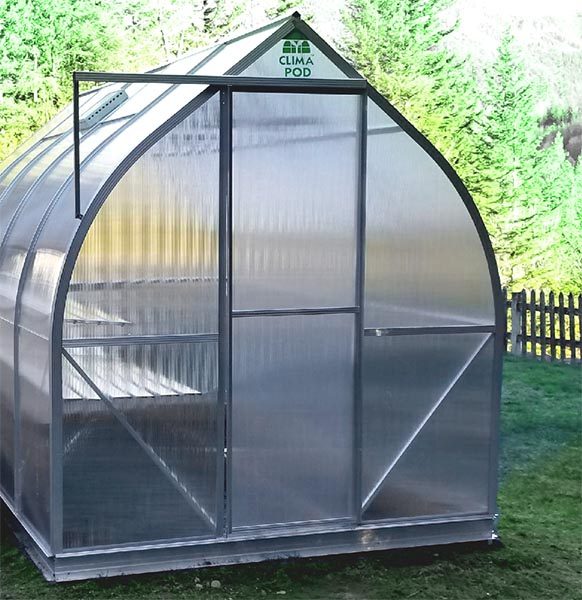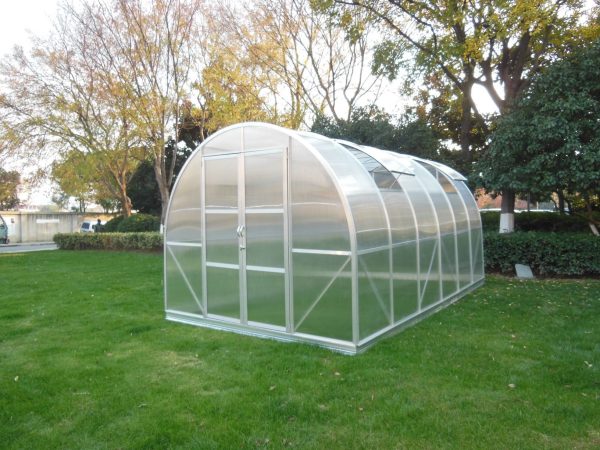Air, water and light are what plants living in greenhouses need. However, if water and oxygen are not difficult to find then in winter lighting greenhouse is a rather complicated process. But today we will discuss which lamps are best used in greenhouses.
How to use winter greenhouse lighting correctly?
Whatever plant you plant in a greenhouse, it will need up to 15 hours of lighting per day. If the length of the day begins to fall, and with it the natural light, the growth of vegetable and horticultural crops slows down. Naturally, without taking care of the lighting, you will simply ruin your greenhouse garden. At the same time, as numerous experiments have shown, not every type of lighting is suitable for plants.
Thus, while intensive flowering and fruit set, crops cannot do without red light (with wavelengths from 500 to 700 nanometers). And for vegetative growth they need blue light (up to 400 nanometers). Many may think that in this case, plants can be completely deprived of natural light, but this is not so. After all, constant artificial light negatively affects plants, causing them stress. Therefore, it is very important that your greenhouse is well planned, giving horticultural crops the opportunity to feed on real sunlight.
It is also not advised to turn on the light bulbs for the whole night – for 6-7 hours a day, plants need to be given a good rest, the so-called dormant period.
Should I use incandescent bulbs?
Many people are interested in whether it is possible to use incandescent lamps familiar to everyone to light a greenhouse. Of course, they have several advantages. First of all, they heat the air, which is an undoubted advantage in the winter season. However, their main disadvantage is that their light spectrum (600 nanometers) is not quite suitable for plants. In addition, such devices are not financially economical.
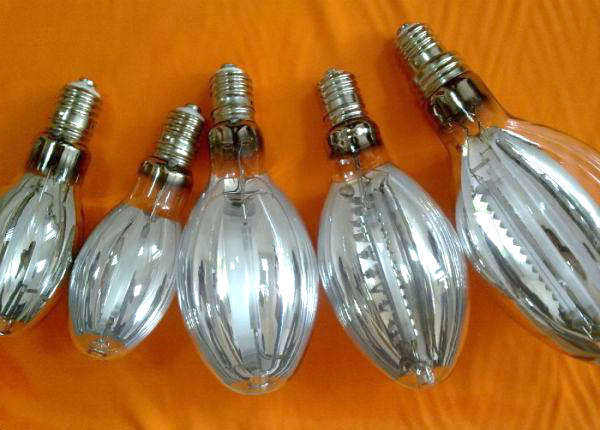
If these types of lamps are used for lighting for a long time, the stems of plants will quickly stretch, the leaves will deform, it happens that crops get burnt, which can lead to their early death. Therefore, if you sow the seeds of tomatoes and cucumbers in a greenhouse, then in no case should incandescent lamps be used. But for greens (parsley, onion, dill), incandescent lamps can be used. In order for the lamps to illuminate the plants, but not burn them, it is advisable to hang them half a meter from the crops and not use them for more than 10 hours, giving the plants a rest.
Metal halide, mercury, sodium and fluorescent lamps
Winter greenhouse lighting can be done using other, less well-known types of lamps. To understand what suits you best, it is advisable to familiarize yourself with the characteristics in advance. There are types like:
- Mercury, which have one significant disadvantage – a high heating rate. In addition, the use of such lamps threatens with a high level of radiation, which can lead to burns on the leaves and stems of plants.
- A more profitable purchase will be fluorescent lamps, the emission spectrum of which is very favorable for garden crops. Their advantages include durability, low cost. However, such products have a low level of heat transfer, which means that they will simply illuminate the plants without heating the room. As a result, you will have to spend more money heating greenhouses in winter.
- Sodium lamps, which are distinguished by a high level of efficiency, because even with a power of 350-400 W, such products have a high level of light output. However, here it is worth remembering the light necessary for plants. So, sodium lamps create an excellent red field, suitable for flowering, but they practically do not give the already familiar blue light, which affects the vegetative growth of flowers.
- Metallogenic lamps are suitable for installation in greenhouses and greenhouses, since the light they emit is closest to natural. Their disadvantages are the high cost of products and the relative fragility, and therefore their purchase is a very costly item in the family budget.
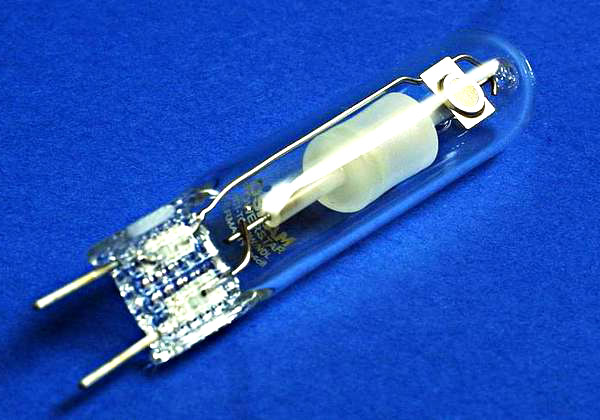
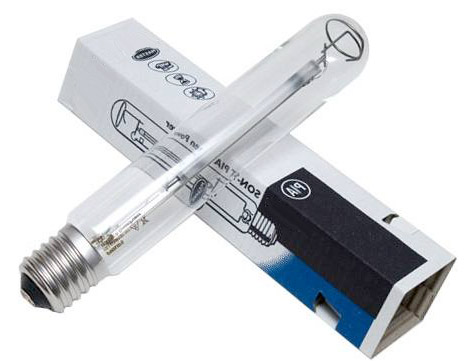
LED lighting for winter greenhouses and its features
LED lights are rightly called the most popular because they have the perfect combination of blue and red light that garden crops need. They are pleased with their savings in the field of electricity consumption. But many are stopped by the price of the products themselves, because such lighting fixtures are quite expensive. However, practice shows that low energy costs cover the purchase cost in just a few months.

An interesting experiment was conducted in Denmark. As a result of which it was found that LEDs can save up to 40% on energy costs. At the same time, plants began to grow faster, more buds began to appear, which led to a reduction in the use of fertilizers and chemical additives. Such lamps are mounted around the entire perimeter of the greenhouse, mounted on flexible cables. This option allows you to adjust their location to change the orientation of the light source.


